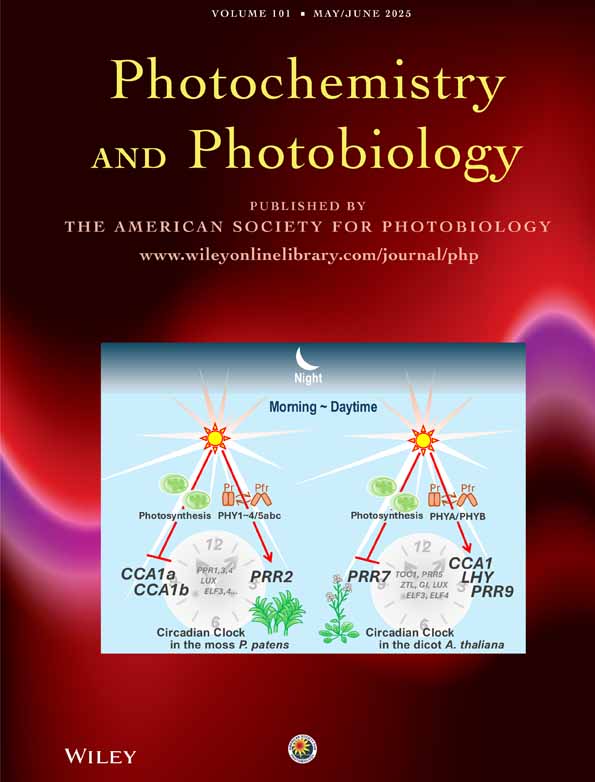BENZO- and TETRAHYDROBENZO-PSORALEN CONGENERS: DNA BINDING and PHOTOBIOLOGICAL PROPERTIES
Abstract
Four new benzo- and tetrahydrobenzo-psoralens have been examined in their reversible interaction toward DNA and in their DNA-photobinding properties. These compounds were also examined for their ability to produce singlet oxygen and in vivo skin photosensitization reaction. Fluorescence and equilibrium dialysis measurements show that the complexation ability of benzoderivatives is remarkably high. Binding is less effective in the case of the tetrahydrocongeners. All compounds photoreact quite effectively to DNA. The photoadducts were obtained by enzymatic hydrolysis of drug-modified DNA and were characterized by high performance liquid chromatographic elution techniques. The 3,4 position represents the unique photoreactive site for benzopsoralens. Denaturation-renaturation experiments confirm that the benzoderivatives are purely monofunctional, while the tetrahydrocongeners form interstrand cross-links, even though to a remarkably lesser extent than 8-methoxypsoraien (8-MOP). The new compounds, in the presence of long-wavelength ultraviolet radiation, are very moderately effective in forming reactive oxygen species; they are ineffective in promoting oxidation of tyrosine and 3-(3,4-dihydroxyphenyl)alanine to do-pachrome and melanin. Skin photosensitizing experiments on guinea pigs indicate that benzo- and tetrahydroben-zopsoralen derivatives are almost devoid of any phototoxic effects. Thus, this class of compounds appears to be interesting for the development of new, less phototoxic chemotherapeutic agents that interact with DNA better than 8-MOP.




